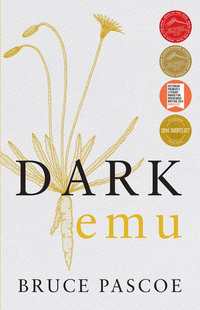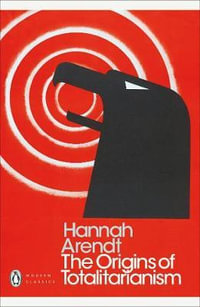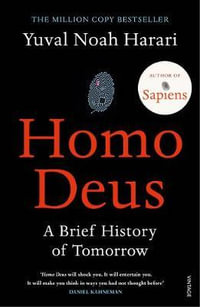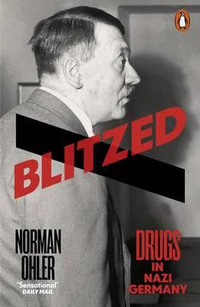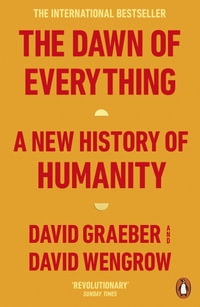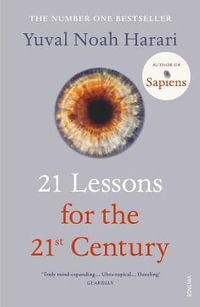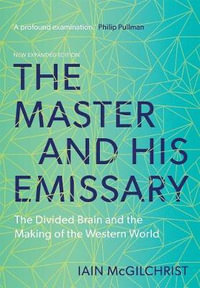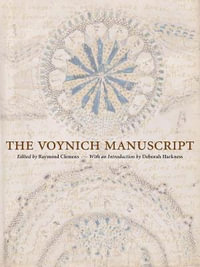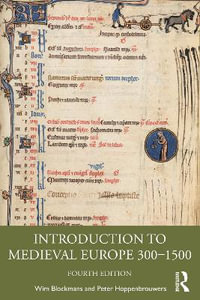
Tangible Things
Making History through Objects
By: Laurel Thatcher Ulrich, Ivan Gaskell, Sara Schechner, Sarah Anne Carter, Samantha van Gerbig
Paperback | 11 March 2015
At a Glance
Paperback
$119.90
Aims to ship in 10 to 15 business days
When will this arrive by?
Enter delivery postcode to estimate
The authors of this book pulled an astonishing array of materials out of storage--from a pencil manufactured by Henry David Thoreau to a bracelet made from iridescent beetles--in a wide range of Harvard University collections to mount an innovative exhibition alongside a new general education course. The exhibition challenged the rigid distinctions between history, anthropology, science, and the arts. It showed that object-centered inquiry inevitably leads to a questioning of categories within and beyond history.
Tangible Things is both an introduction to the range and scope of Harvard's remarkable collections and an invitation to reassess collections of all sorts, including those that reside in the bottom drawers or attics of people's houses. It interrogates the nineteenth-century categories that still divide art museums from science museums and historical collections from anthropological displays and that assume history is made only from written documents. Although it builds on a larger discussion among specialists, it makes its arguments through case studies, hoping to simultaneously entertain and inspire. The twenty case studies take us from the Galapagos Islands to India and from a third-century Egyptian papyrus fragment to a board game based on the twentieth-century comic strip "Dagwood and Blondie." A companion website catalogs the more than two hundred objects in the original exhibition and suggests ways in which the principles outlined in the book might change the way people
understand the tangible things that surround them.
Industry Reviews
ISBN: 9780199382286
ISBN-10: 019938228X
Published: 11th March 2015
Format: Paperback
Language: English
Number of Pages: 256
Audience: Professional and Scholarly
Publisher: Oxford University Press USA
Country of Publication: GB
Dimensions (cm): 25.7 x 17.9 x 1.3
Weight (kg): 0.6
Shipping
| Standard Shipping | Express Shipping | |
|---|---|---|
| Metro postcodes: | $9.99 | $14.95 |
| Regional postcodes: | $9.99 | $14.95 |
| Rural postcodes: | $9.99 | $14.95 |
How to return your order
At Booktopia, we offer hassle-free returns in accordance with our returns policy. If you wish to return an item, please get in touch with Booktopia Customer Care.
Additional postage charges may be applicable.
Defective items
If there is a problem with any of the items received for your order then the Booktopia Customer Care team is ready to assist you.
For more info please visit our Help Centre.


